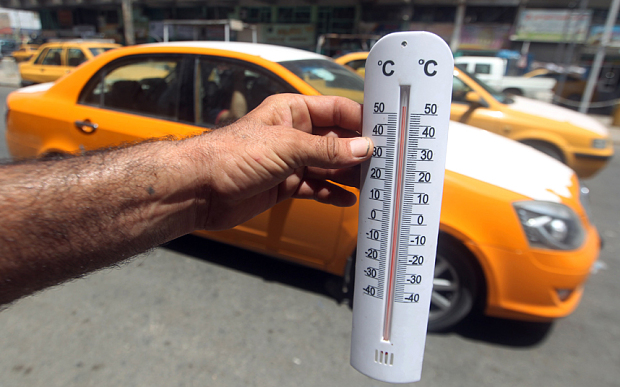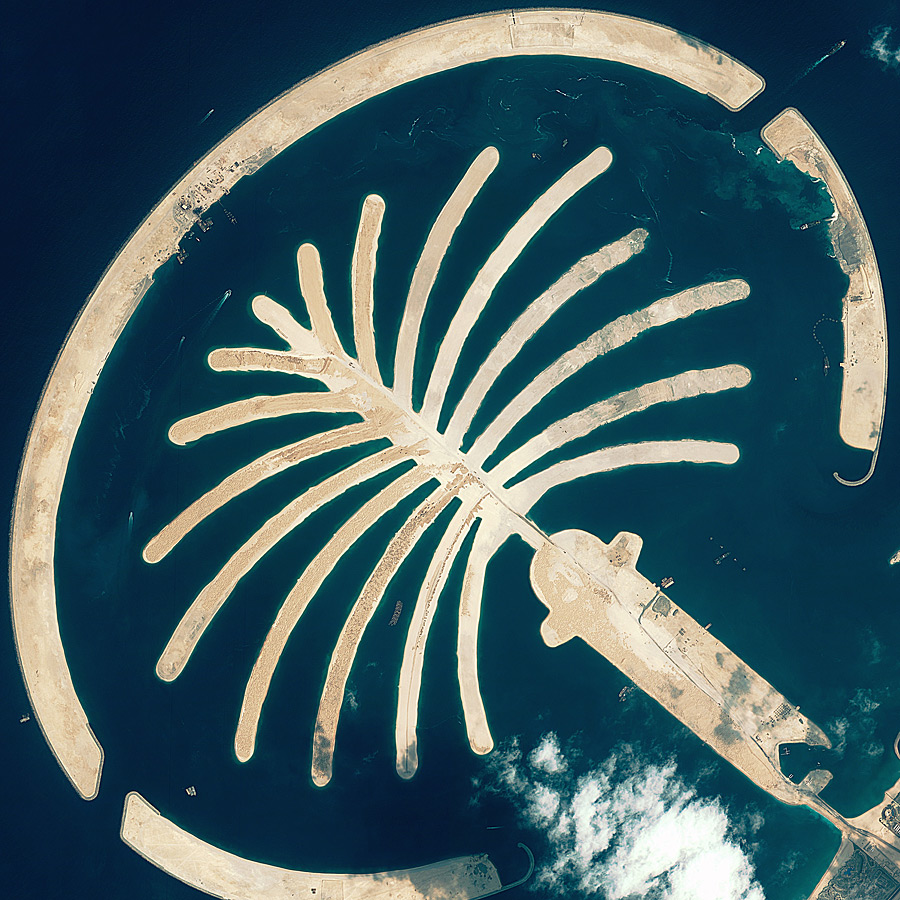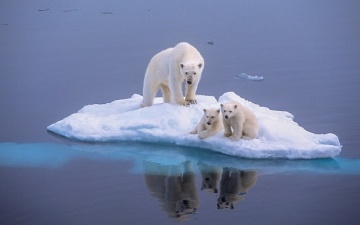Just when we got excited about Dubai’s solar trees, seems like innovations like this will not be enough to save the Middle East. In 85 years the region will not be fit for human habitation.
Extreme Middle East weather patterns as a result of global warming and climate change have become commonplace for some time in many parts of the Middle East. These weather patterns have already wreaked havoc on fragile Arab Gulf natural ecosystems due to extensive human commercial and private real estate development.
Very high summer temperatures have always been a problem for human habitation in Gulf locations like Abu Dhabi, Bahrain, and Dubai, with summer temperatures often surpassing 45 degrees Celsius, combined with high amounts of humidity.
This intense combination of heat and humidity is now resulting in a phenomenon known as heat domes with some of the highest summer temperatures ever endured by mankind in locations like Baghdad, Iraq and Saudi Arabia.
These heat domes, which caused heat indexes last summer to go up to over 80 degrees Celsius (178 degrees Fahrenheit) in Saudi Arabia may result in many parts of the Arab Gulf becoming uninhabitable by humans by the year 2100.
According to CNN the deadly combination of heat and humidity, known by scientists as the “wet bulb temperature effect” becomes deadly when the human body can no longer cool itself by sweating. The wet bulb temperature effect takes place when prolonged summer heat of 31 to 35 degrees Celsius is combined with high rates of humidity.
This is caused by hot drier desert air meeting up with heavy, humid air along coastal areas. Drier areas experiencing much higher temperatures, like Kuwait City for example, would actually be more survivable due to the body still being able to sweat; which is a natural form of ventilation in humans.
More moderate climate areas of the Middle East, including Lebanon, Israel, Egypt and Jordan, also experienced summer heat domes lasting several days, combined with high humidity and dust.
This forced most people to stay indoors, running energy consuming air conditioning systems that are now an everyday necessity during the summer. Massive air conditioning systems have long been the norm in Gulf locations like Abu Dhabi and Dubai, where conspicuous consumption by wealthy fossil fuel enriched inhabitants has resulted in such wasteful projects as indoor snow ski centers, high high rise commercial and residential complexes and artificial islands.
All of these projects are built by large numbers of imported guest workers who endure extremely crowded and unpleasant living conditions; often without air conditioning.
While the super rich in Bahrain, Dubai and Abu Dhabi can insulate themselves from wet bulb temperature effects in their glass enclosed bubbles, while doing conspicuous shopping abroad, those serving them cannot for the most part. This factor in itself may result in a massive decline in human habitation in the Arab Gulf, long before the projected date of 2100.
Dig deeper into human caused climate change effects in the Middle East:
When will the Middle East wake up to green roofs?
Climate change “worst” is yet to come, UN report warns today
Climate Change contributing to Mali-Algeria conflict
Photo of Heat Dome Thermometer AFP/Daily Telegraph





